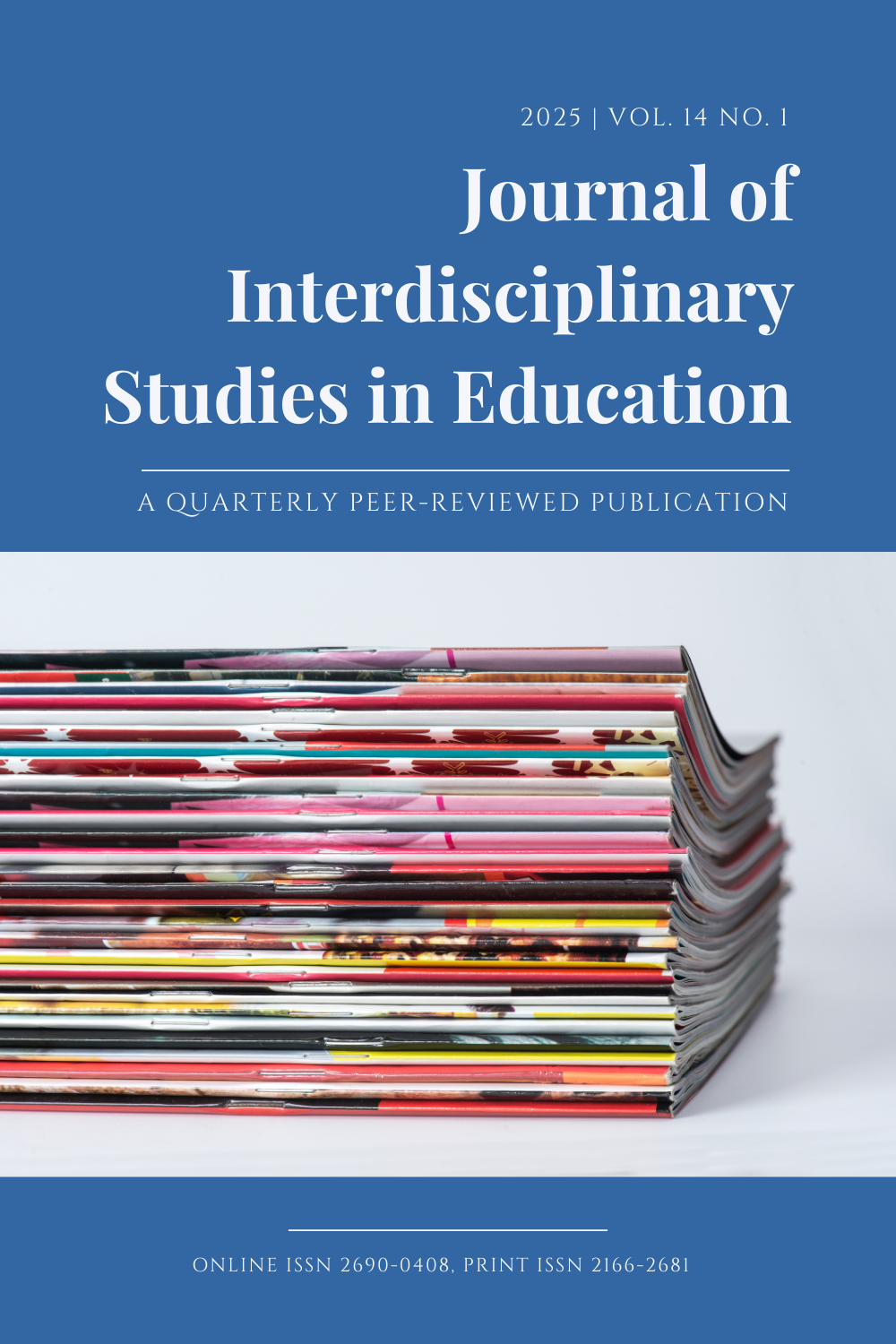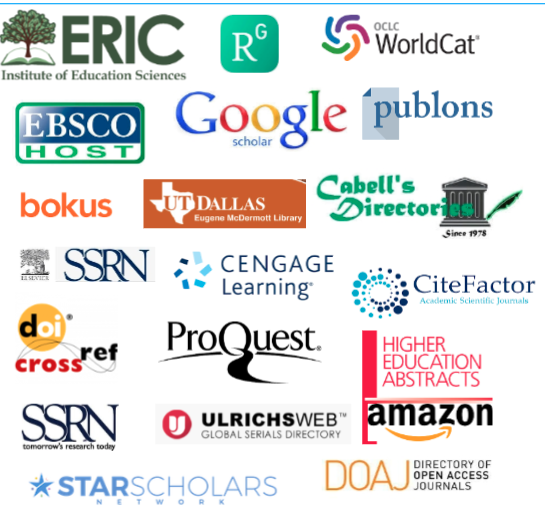Understanding teachers' perspectives on ChatGPT-generated assignments in higher education
DOI:
https://doi.org/10.32674/ptf9yd75Keywords:
Assignment creation. Generative AI. ChatGPT. Higher education. Administrative burden. Teachers’ roleAbstract
The rapid integration of artificial intelligence (AI) in education has transformed instructional methodologies and administrative tasks. However, teachers in higher education face challenges, particularly in creating high-quality assignments and rubrics amidst increasing administrative burdens. This study investigates the potential of AI, specifically ChatGPT, in streamlining assignment creation. Through automating aspects of assignment development, AI tools offer support to teachers while maintaining pedagogical integrity. However, empirical investigation is needed to understand perceptions and effectiveness. Using observations and semi-structured qualitative interviews, the study explores teachers' perceptions of AI-generated assignments and their impact on student learning outcomes and engagement. It also examines students' experiences and perceptions, understanding AI's role in enhancing learning experiences and facilitating teacher productivity. The data were analysed by content analysis. Findings suggest that teachers found the usage of ChatGPT helpful in reducing their administrative workload while maintaining academic integrity. Additionally, students embraced attempting the assignments, and doing so contributed to enhancing their subject knowledge. Furthermore, teachers facilitated students by encouraging them to reconsider the problem, persisting in their efforts, and inviting communication and collaboration with peers. The study also discusses the implications for teachers, highlighting AI's transformative potential.
Downloads
References
Boaler, J. (2016). Mathematical mindsets: Unleashing students' potential through creative math, inspiring messages and innovative teaching. John Wiley & Sons.
Brookhart, S. M. (2010). How to Assess Higher-Order Thinking Skills in Your Classroom. Alexandria, VA: ASCD
Brown, A., & Jones, P. (2021). Enhancing student comprehension through clear assignment communication. Journal of Educational Psychology, 118(3), 345-362.
Brown, A., & Thompson, B. (2023). Assignment design and rubric development: A handbook for educators. Routledge.
Brown, A., et al. (2022). Administrative challenges in higher education: A comprehensive analysis. Journal of Higher Education Management, 36(2), 123-145.
Brown, A., et al. (2023). Enhancing student understanding through clear assignment communication. Journal of Educational Psychology, 117(2), 189-205.
Brown, A., et al. (2024). Generative AI applications in education: A systematic review. Computers & Education, 178, 104383.
Bustamante, A., Greenfield, D., & Nayfeld, I. (2018). Early childhood science and engineering: Engaging platforms for fostering domain-general learning skills. Education Sciences, 8(3), 1–13. https://doi. org/10.3390/educsci8030144
Creswell, J. W. (2008). Educational research planning, conducting, and evaluating quantitative and qualitative research. International Pearson Merril Prentice Hall
Creswell, J. W. (2013). Qualitative inquiry and research design: Choosing among five approaches. Sage Publications.
Elo, S., & Kyngäs, H. (2008). The qualitative content analysis process. Journal of Advanced Nursing, 62(1), 107-115.
Isabelle, A. D., Russo, L., & Velazquez-Rojas, A. (2021). Using the engineering design process (EDP) to guide block play in the kindergarten classroom: Exploring effects on learning outcomes. International Journal of Play, 10(1), 43–62. https://doi.org/10.1080/21594937.2021.1878772
Johnson, A., & Clark, B. (2022). Innovations in educational technology: A comprehensive review. Educational Technology Research and Development, 71(1), 45-67.
Johnson, L., & White, S. (2023). The impact of clear assignment instructions on student anxiety and performance. Journal of Higher Education, 46(1), 123-135.
Jones, P., & Miller, G. (2023). ChatGPT in education: Exploring the impact on content creation and student engagement. Journal of Educational Technology, 45(2), 189-205.
Jones, P., & Smith, M. (2022). The impact of unclear assignment instructions on student performance. Journal of Higher Education, 45(3), 567-589.
Jones, P. R. (2021). The changing landscape of higher education administration. Higher Education Today, 21(4), 567-589.
Krippendorff, K. (2018). Content analysis: An introduction to its methodology. Sage Publications.
Kuhn, D., & Pease, M. (2006). Do children and adults learn differently? Journal of Cognition and Development, 7(3), 279-293
Lippard, C. N., Riley, K. L., & Lamm, M. H. (2018). Encouraging the development of EHoM in prekindergarten learners. In L. English, & T. Moore (Eds.), Early engineering learning (pp. 19–36). Springer
Merriam, S. B. (2009). Qualitative research: Designing, implementing, and publishing a study. Handbook of research on scholarly publishing and research methods (pp. 125–140). IGI Global
Miller, G., & Johnson, L. (2024). The role of rubrics in higher education assessment practices. Assessment & Evaluation in Higher Education, 49(1), 76-92.
Miller, G., & White, S. (2024). Examining the impact of administrative tasks on faculty workload in higher education. Journal of Educational Administration, 45(1), 89-108.
Neuendorf, K. A. (2016). The content analysis guidebook. Sage Publications.
Patton, M. Q. (1990). Qualitative evaluation and research methods. SAGE Publications, inc
Pawlina, S., & Stanford, C. (2011). Preschoolers grow their brains: Shifting mindsets for greater resiliency and better problem solving. YC Young Children, 66(5), 30
Smith, M., & Johnson, L. (2023). Administrative burdens on faculty in contemporary higher education: A qualitative exploration. Higher Education Research & Development, 42(3), 287-305.
Smith, M., & Miller, G. (2022). Strategies for effective assignment communication in higher education. Educational Technology & Society, 25(2), 189-205.
Smith, M., & Williams, L. (2023). The role of generative AI in personalized learning environments. Educational Technology & Society, 26(1), 103-117.
Smith, M., et al. (2022). Best practices in assignment development for online learning. Journal of Online Learning Research, 8(2), 143-160.
Stone-MacDonald, A., Wendell, K., Douglass, A., & Love, M. L. (2015). Engaging young engineers: Teaching problem solving skills through STEM. Brookes Publishing
Taylor, R., et al. (2024). The effects of clear assignment instructions on student engagement and performance. Educational Research Review, 40, 123-135.
UNESCO. (2020). Education: From disruption to recovery. Retrieved from https://en.unesco.org/covid19/educationresponse.
White, S., & Davis, C. (2023). The impact of well-designed assignments on student engagement and learning outcomes. Higher Education, 45(4), 567-589.
Yin, R. K. (2014). Case study research: Design and methods. Sage Publications.
Additional Files
Published
Issue
Section
License
Copyright (c) 2024 ankitdhamija, Deepika Dhamija

This work is licensed under a Creative Commons Attribution-NonCommercial-NoDerivatives 4.0 International License.







